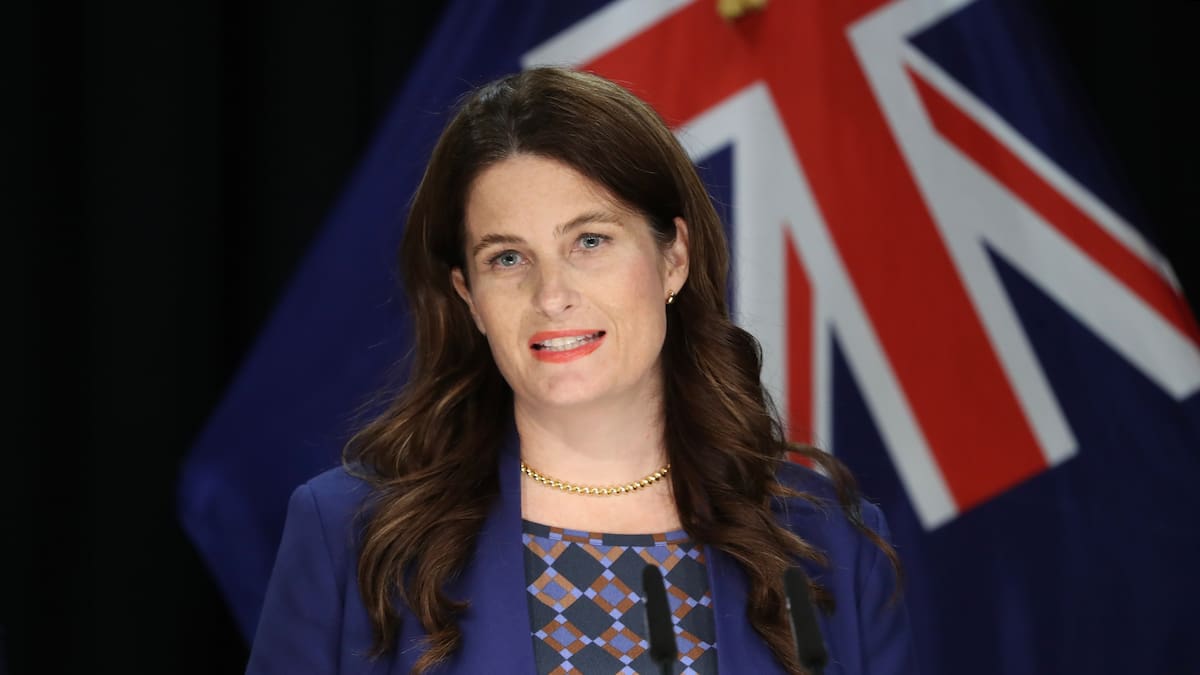Rizzah
Contributor
Do SailGP boats go through there?A marine reserve does not prohibit boats travelling through it.
Poor Knights is a good example. Tour operators and dive schools use it for instruction and scenic diving, all year round , weather permitting.

